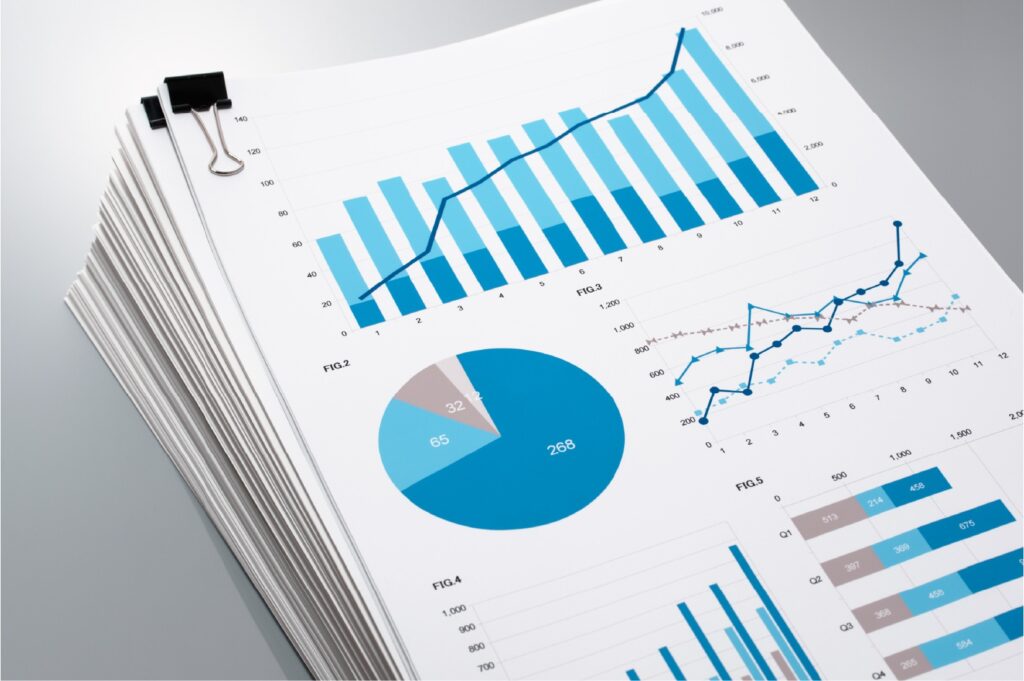Informe de V2A sobre la banca de RD - Enero a Septiembre 2018
Los cinco principales bancos múltiples de la República Dominicana (Top 5 consolidado) siguen mostrando una alta rentabilidad al cierre del tercer trimestre del 2018, con un ROE antes de impuestos de 23.6% anualizado, impulsado por una economía en franco crecimiento (i.e. variación interanual del PIB real durante el periodo de enero a septiembre de 2018 de 6.9%). Vemos también un crecimiento saludable en la cartera de crédito de los bancos y gastos sobre ingresos relativamente bajos, factores que inciden también en la rentabilidad. Popular, BHDLeón y Banreservas, los principales bancos que conjuntamente administran 90% del total de activos del Top 5 y 77% de la industria, reportaron los niveles de rentabilidad más altos al cierre del tercer trimestre de 2018, con ROE pre-impuestos de 27.4%, 26.6% y 23.5%, respectivamente. Progreso y Scotia, bancos que gestionan el restante 10% de activos del Top 5, registraron ROEs pre-impuestos de 17.2% y 9.6%, respectivamente. Además, el índice de solvencia del Top 5 se situó en 17.0% en agosto del 2018, muy por encima del mínimo regulatorio de 10% establecido por ley. Finalmente, en este número analizamos la evolución de las carteras de crédito de la banca múltiple, donde observamos crecimientos elevados acompañados de una mejora en la tasa de morosidad para la mayoría de bancos.





